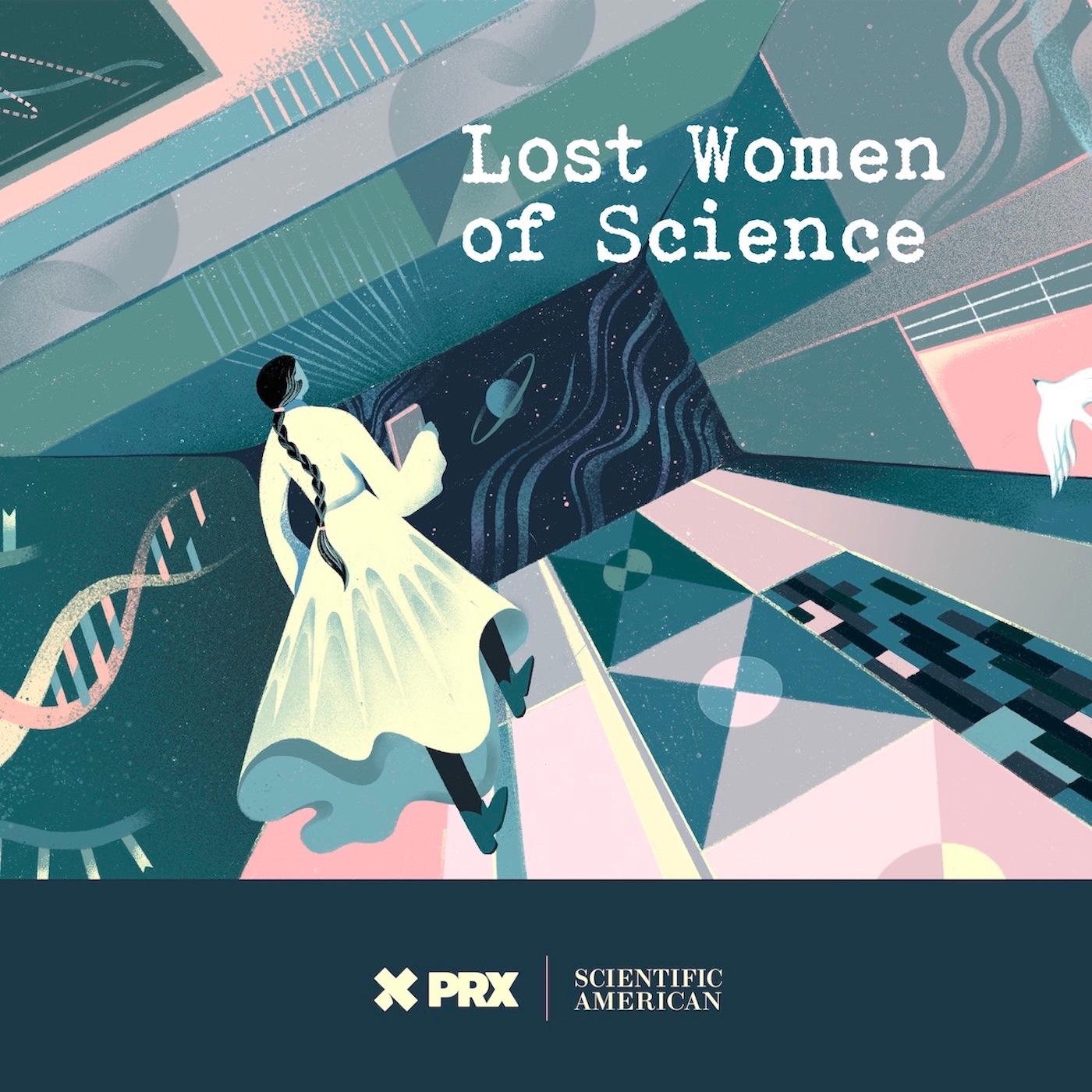
Lost Women of Science
Lost Women of ScienceFor every Marie Curie or Rosalind Franklin whose story has been told, hundreds of female scientists remain unknown to the public at large. In this series, we illuminate the lives and work of a diverse array of groundbreaking scientists who, because of time, place and gender, have gone largely unrecognized. Each season we focus on a different scientist, putting her narrative into context, explaining not just the science but also the social and historical conditions in which she lived and worked. We also bring these stories to the present, painting a full picture of how her work endures.
For every Marie Curie or Rosalind Franklin whose story has been told, hundreds of female scientists remain unknown to the public at large. In this series, we illuminate the lives and work of a diverse array of groundbreaking scientists who, because of time, place and gender, have gone largely unrecognized. Each season we focus on a different scientist, putting her narrative into context, explaining not just the science but also the social and historical conditions in which she lived and worked. We also bring these stories to the present, painting a full picture of how her work endures.









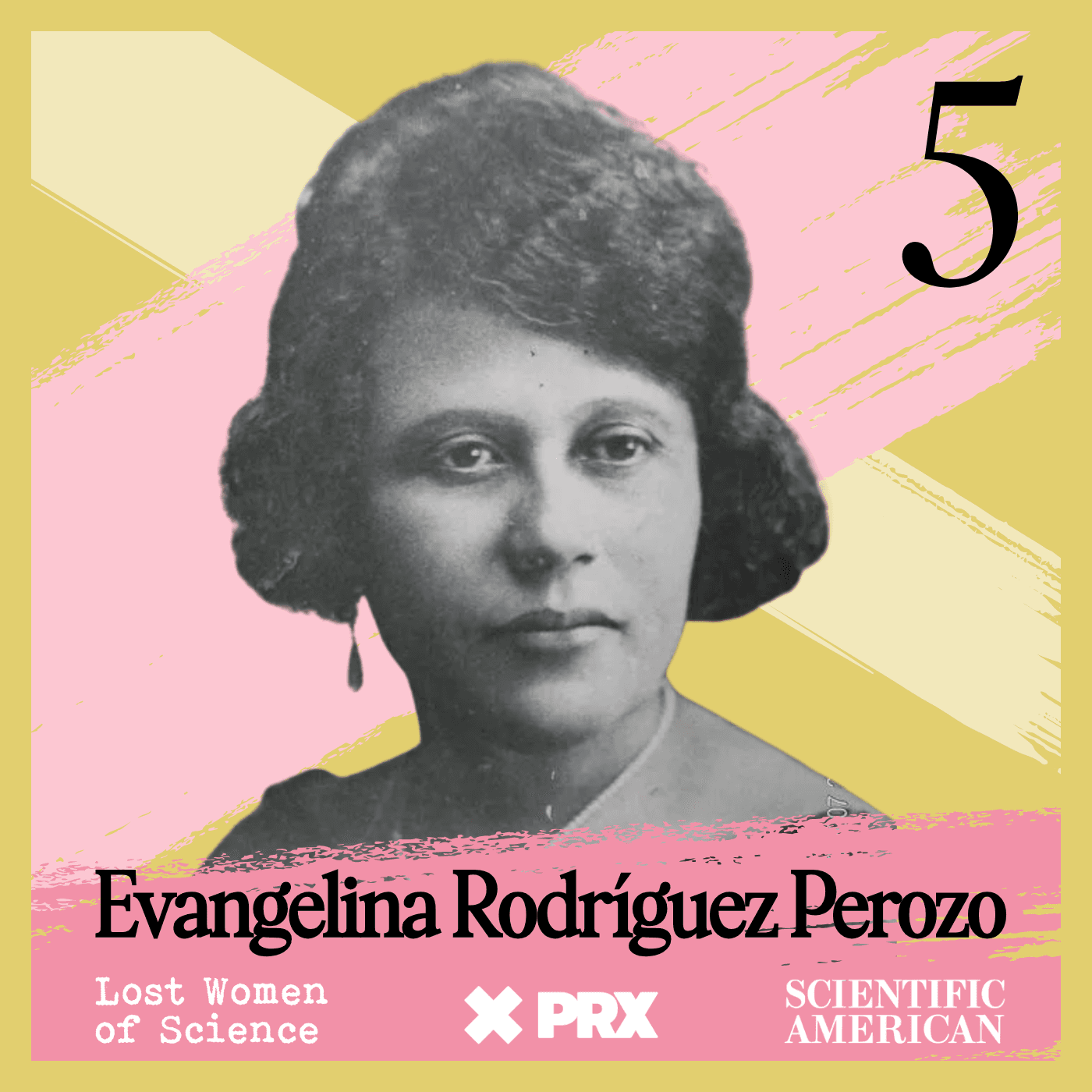













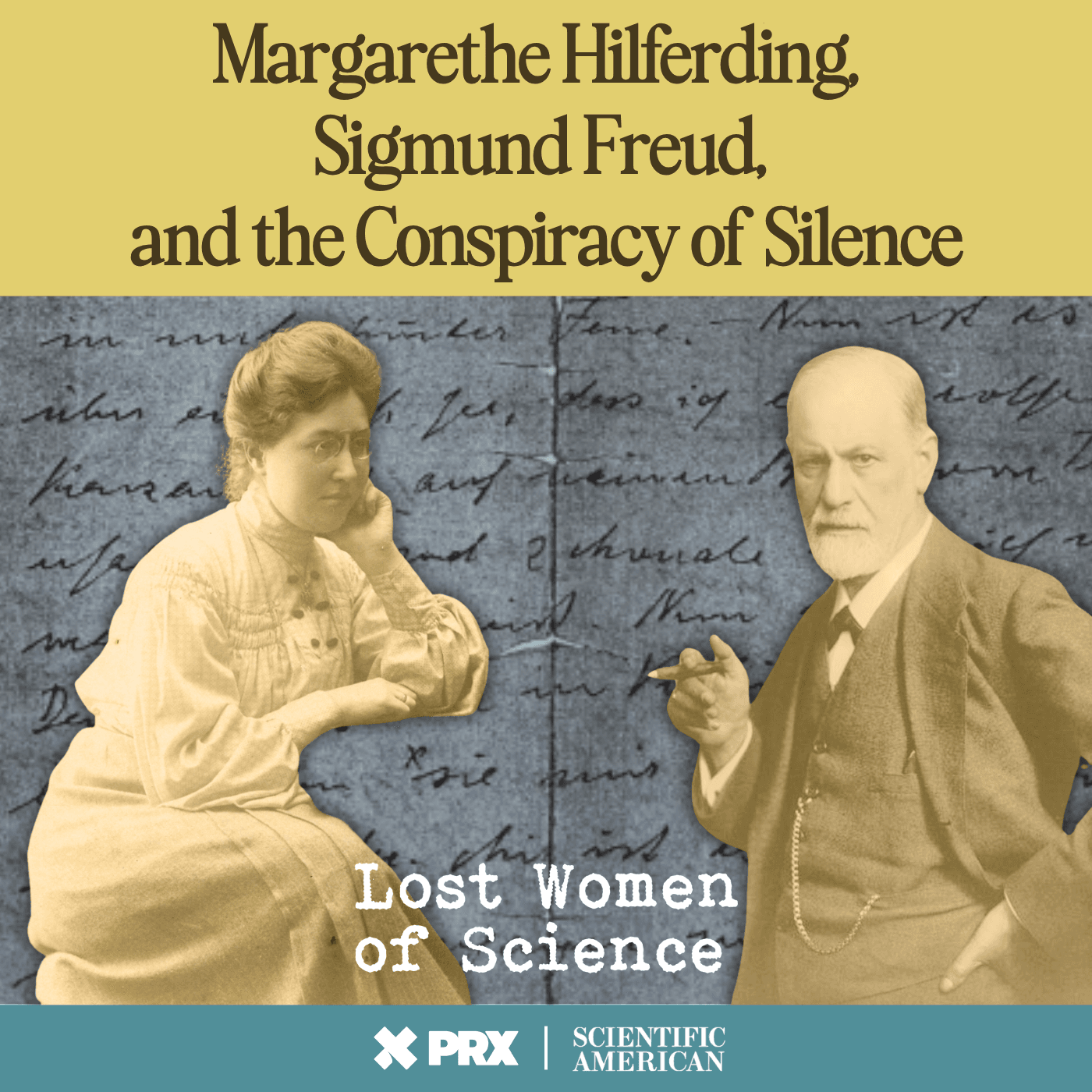





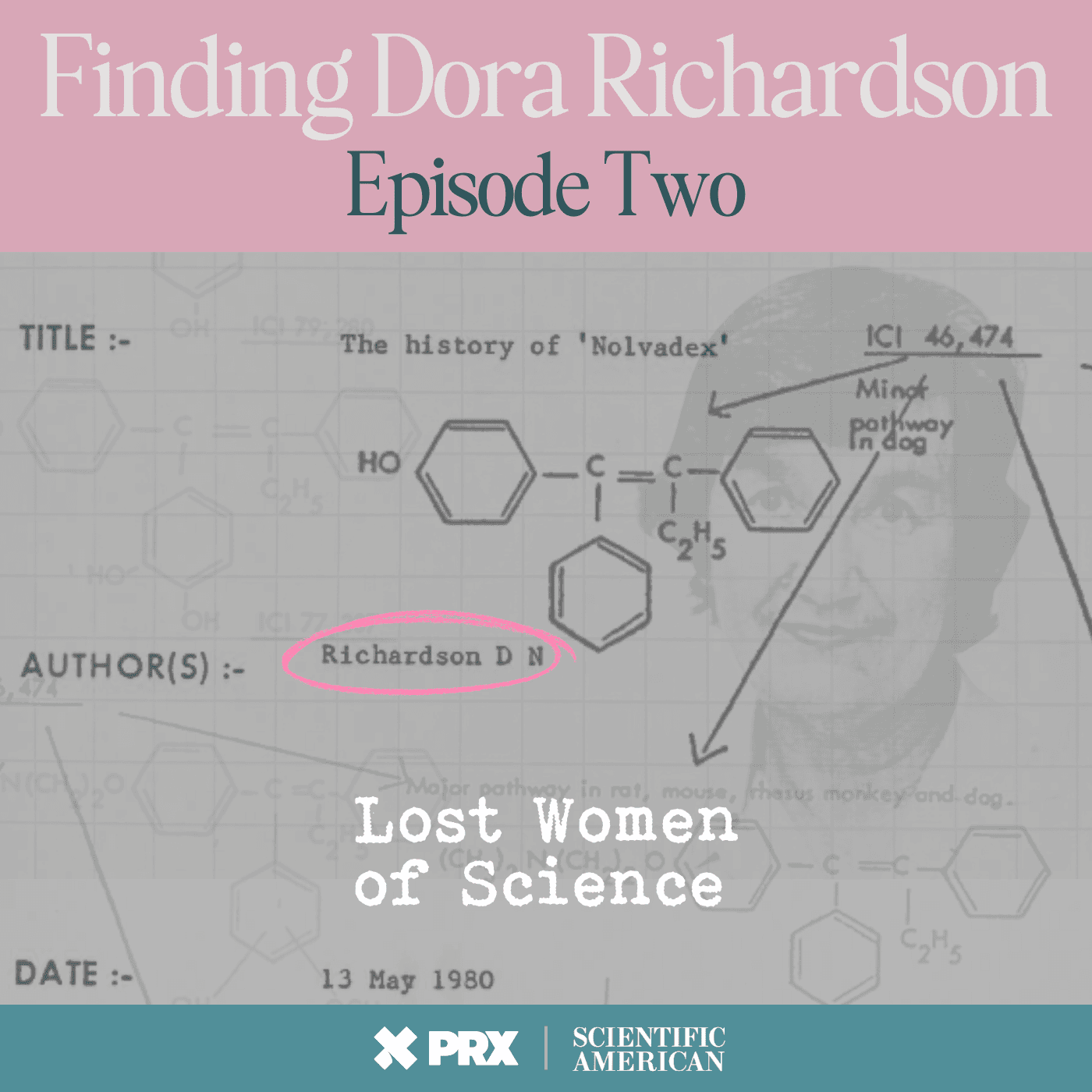
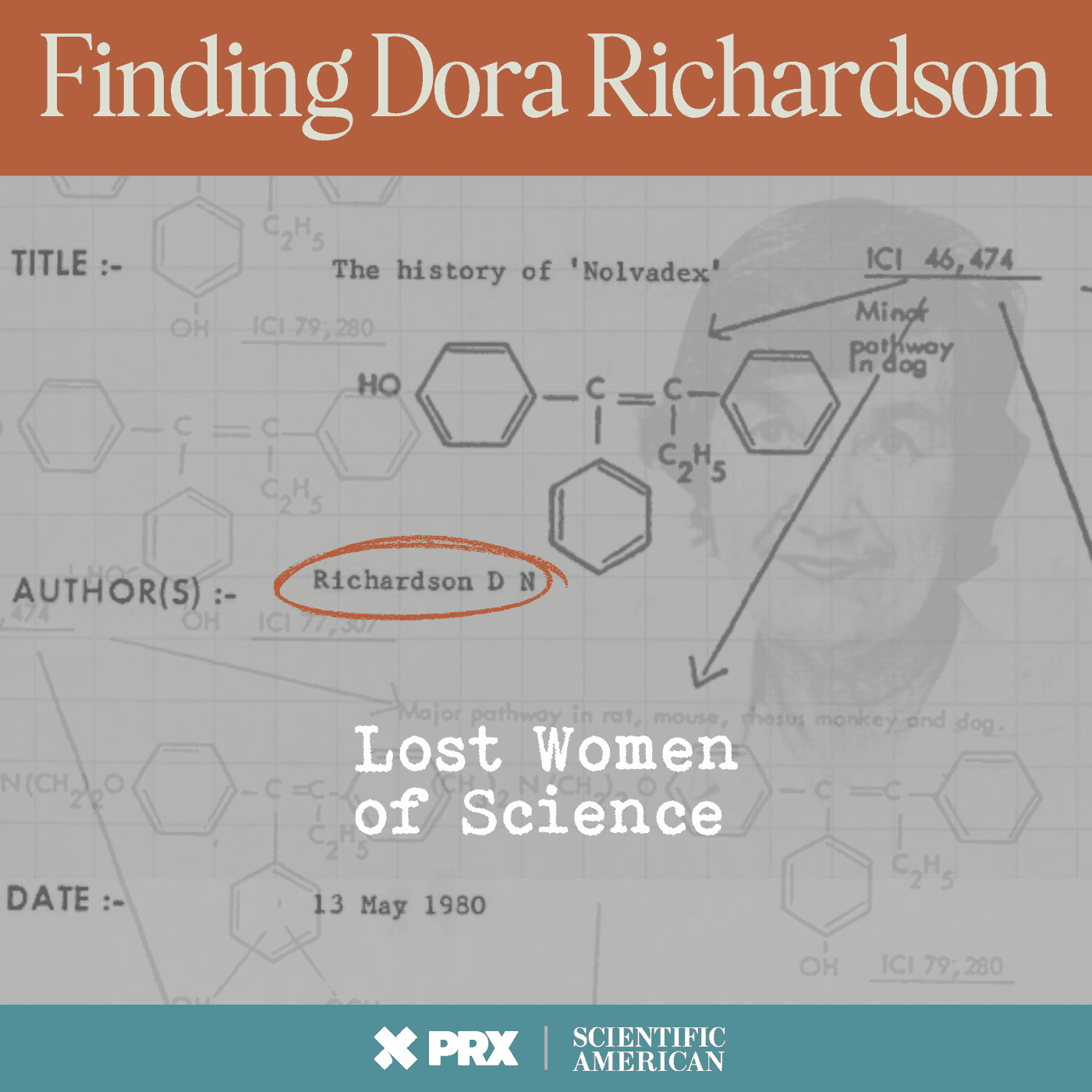



















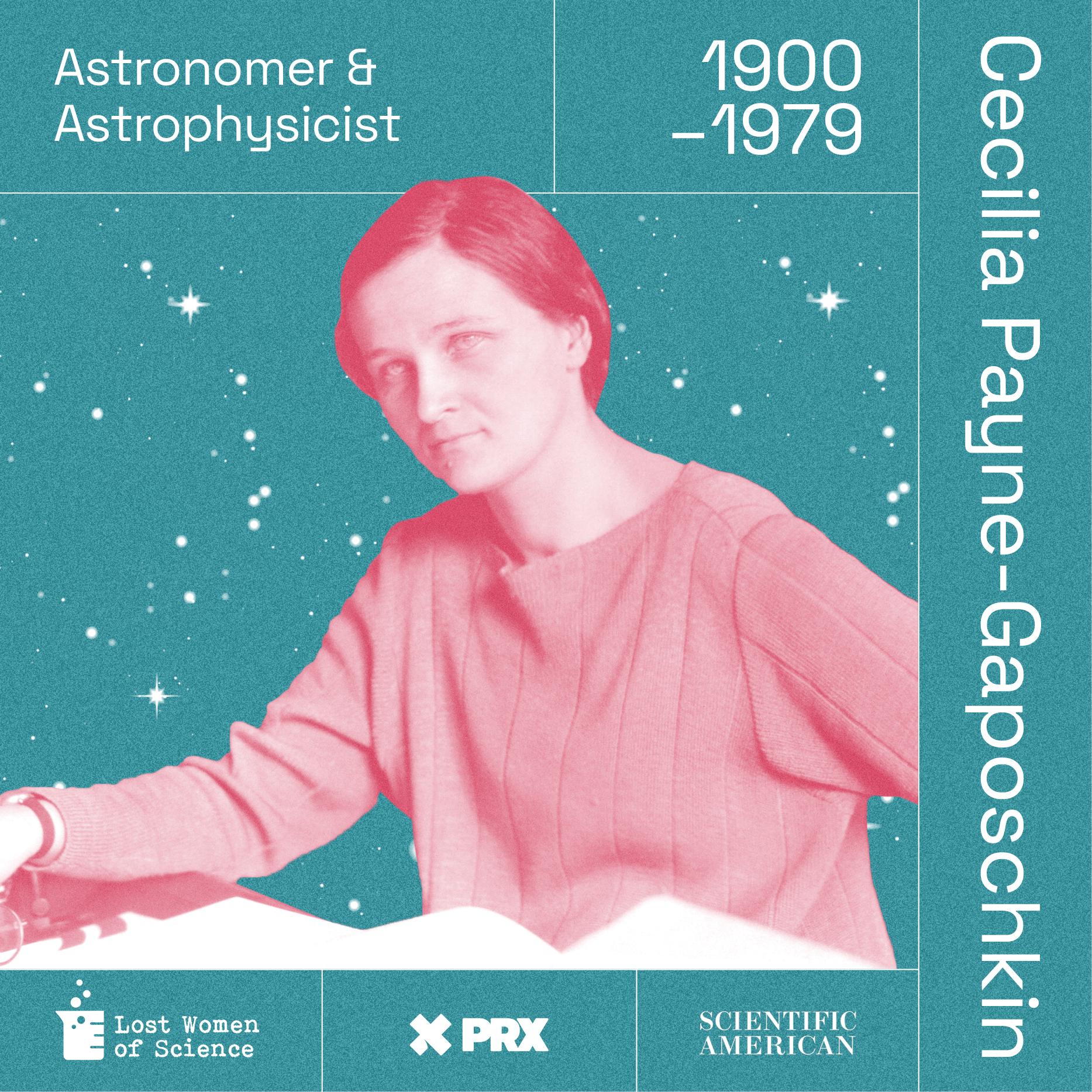
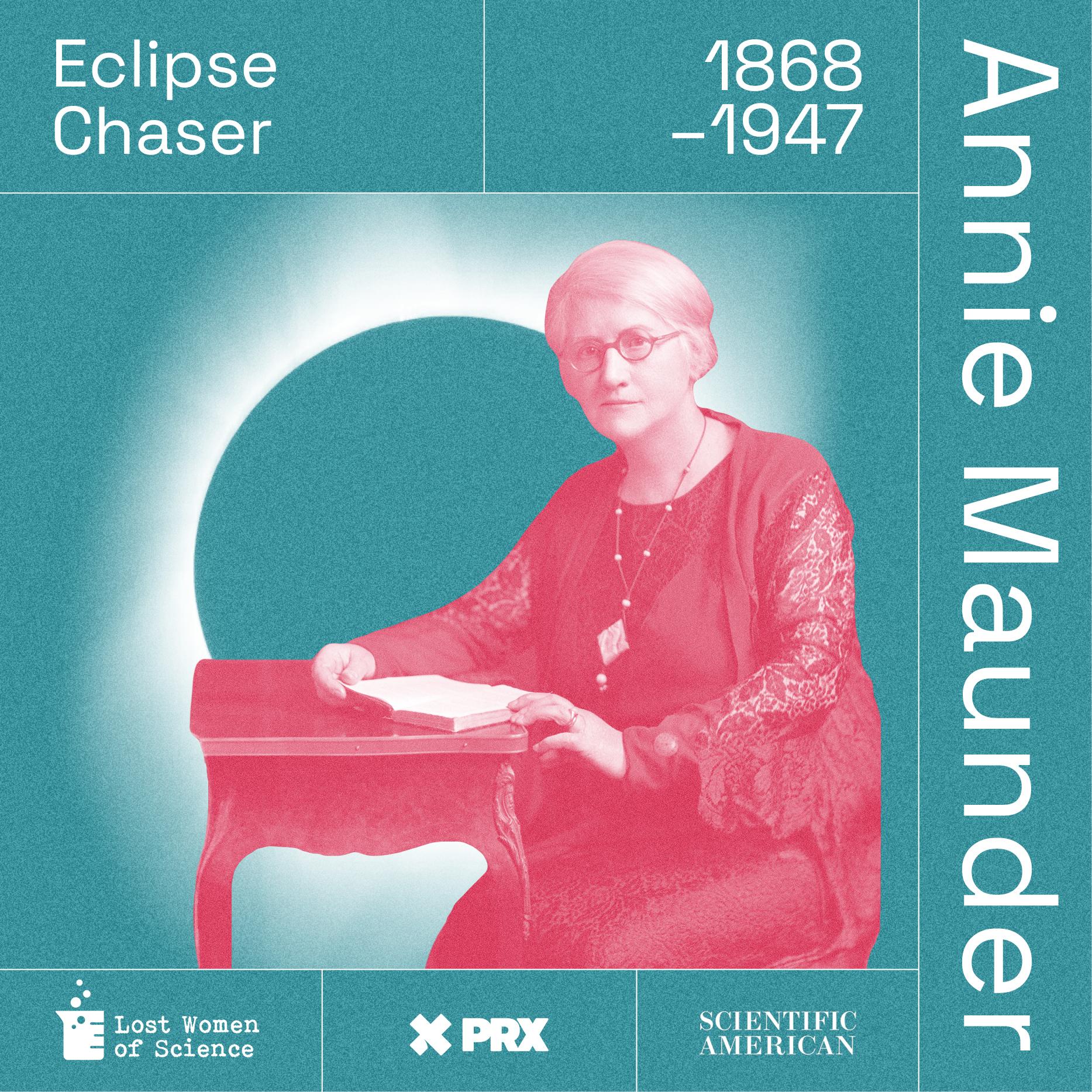
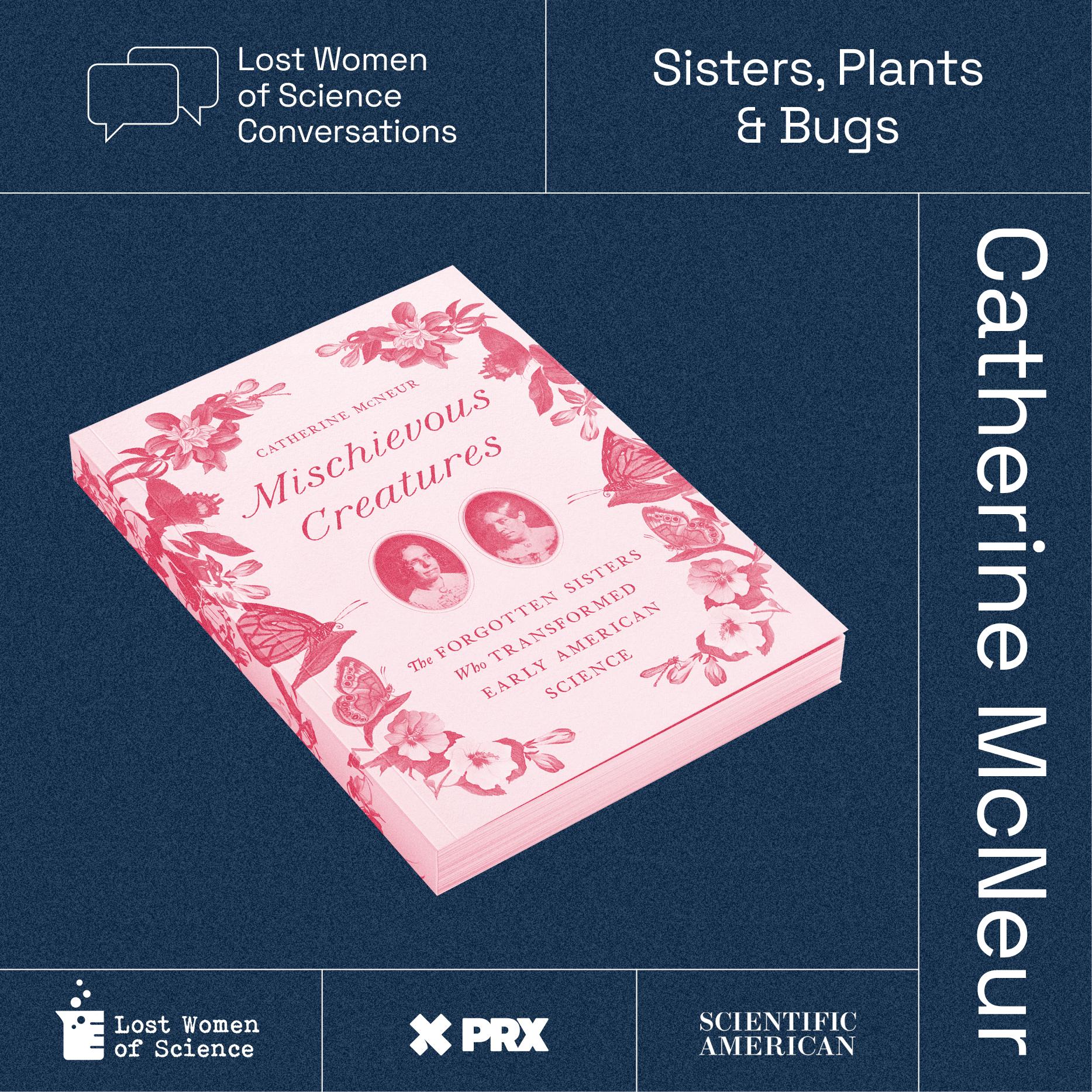

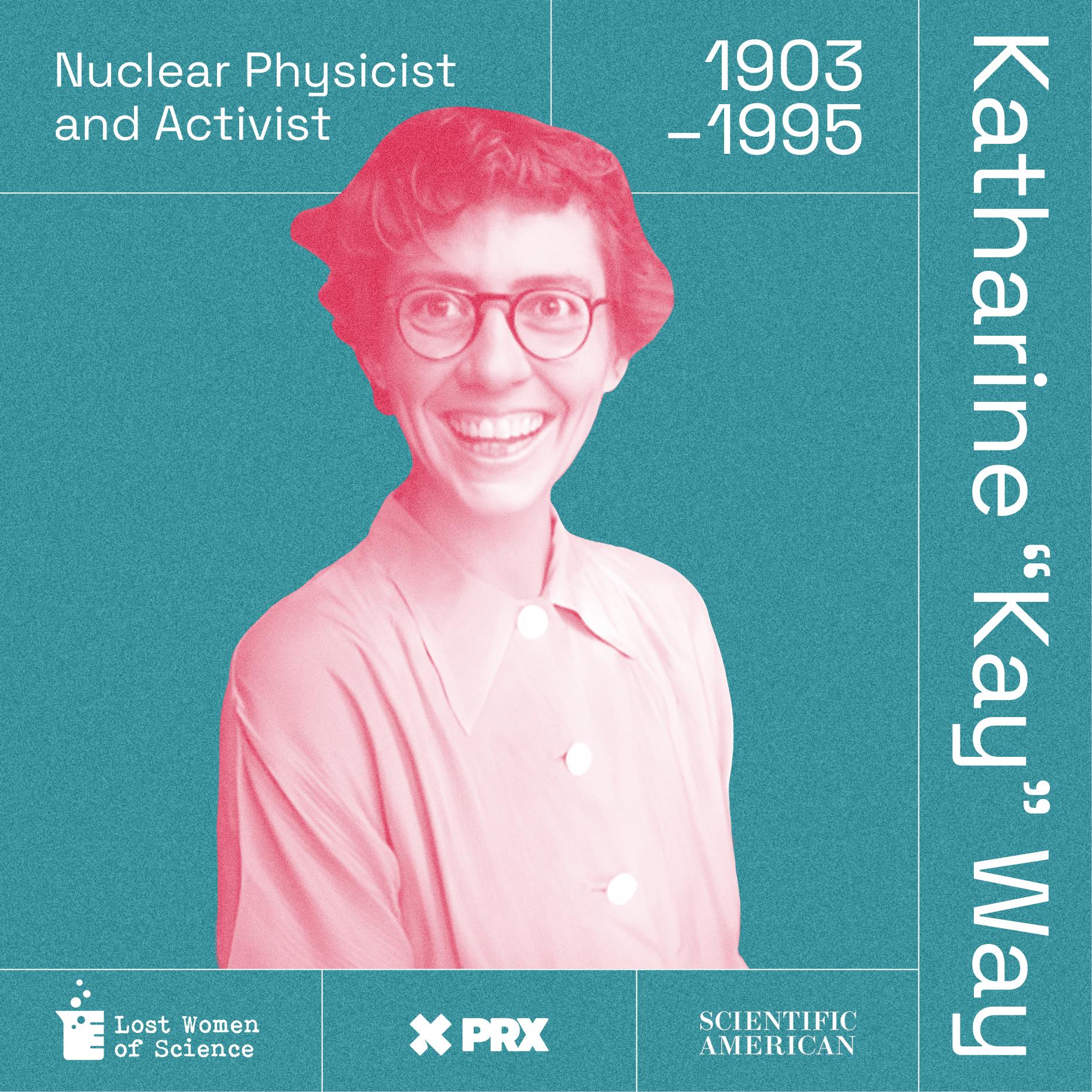









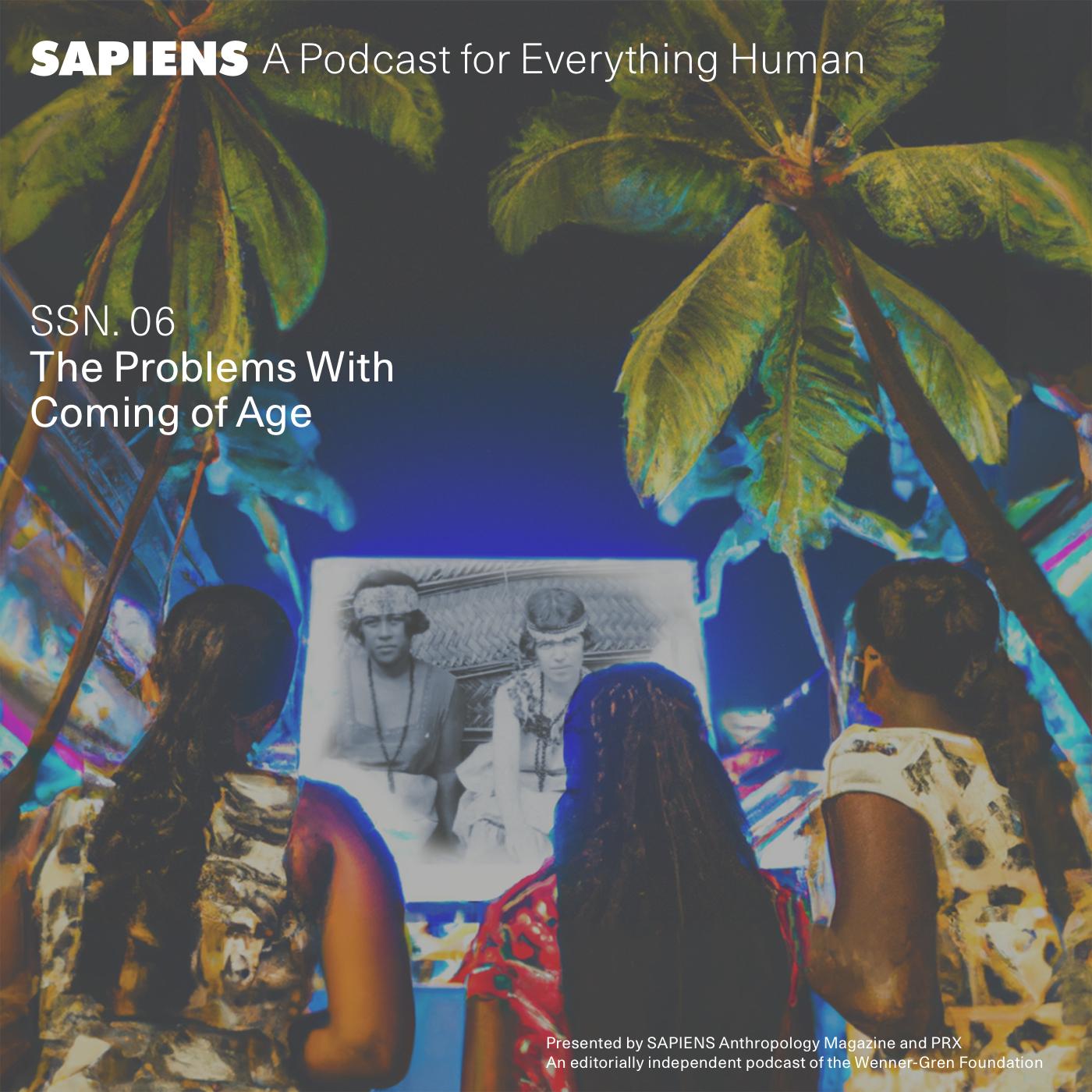











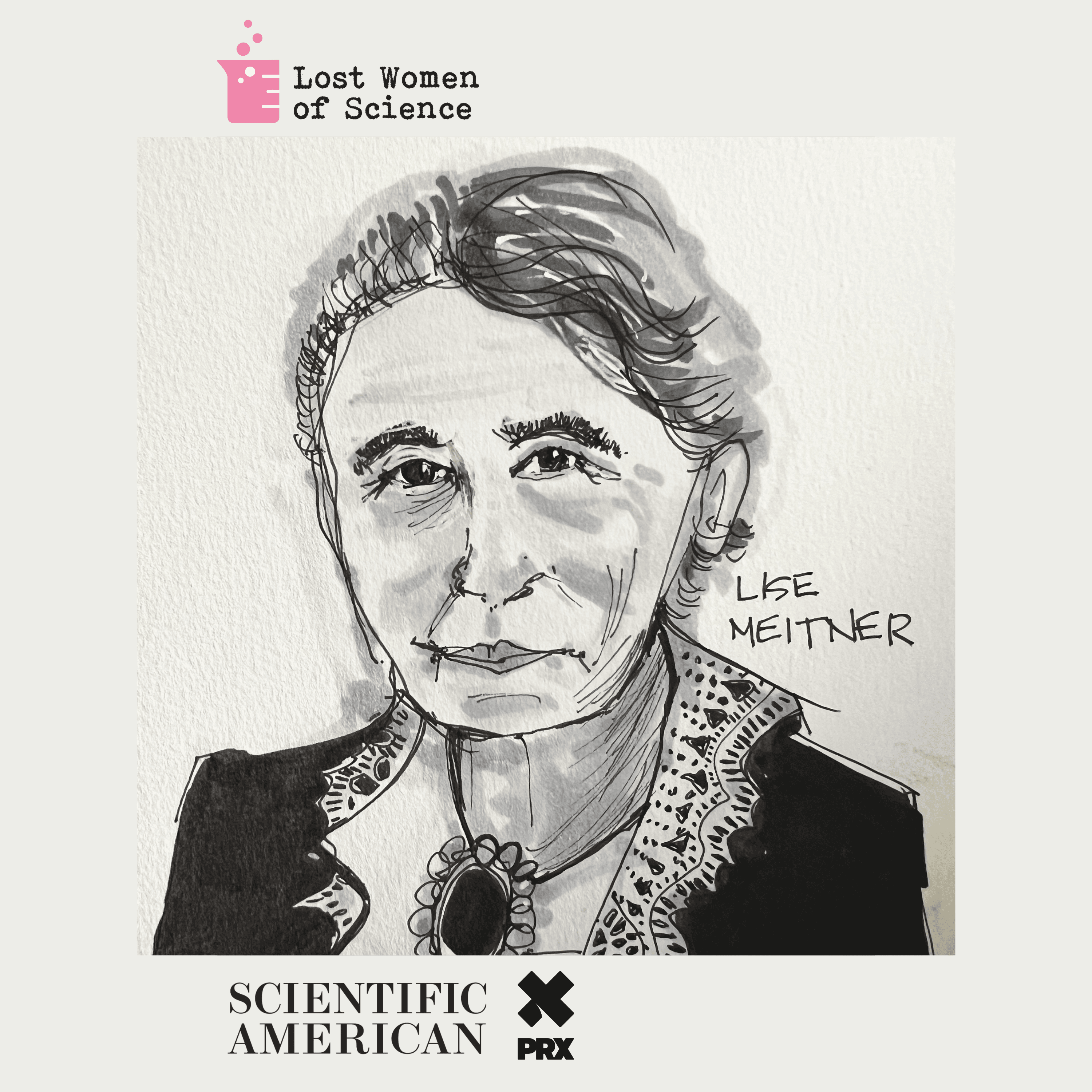




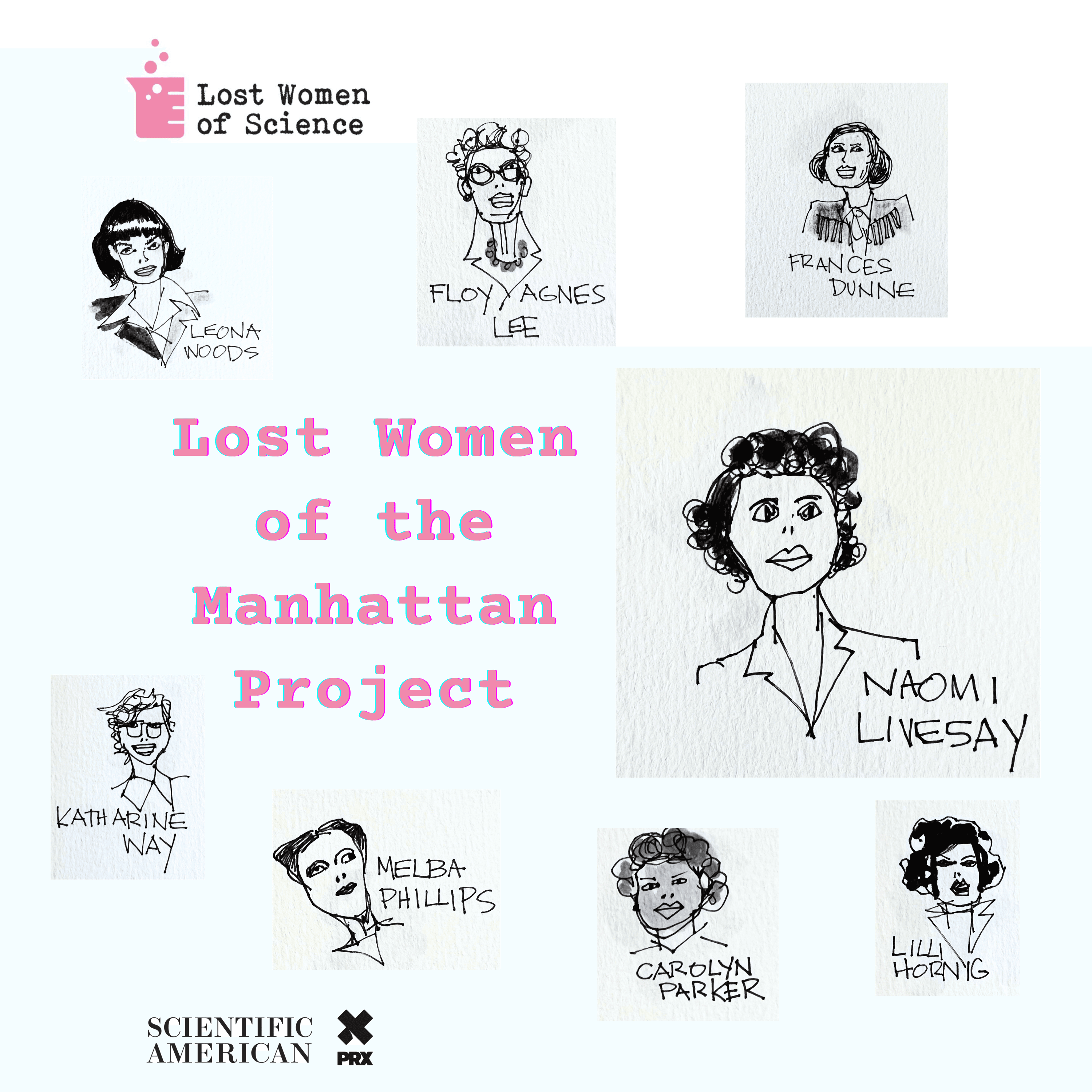




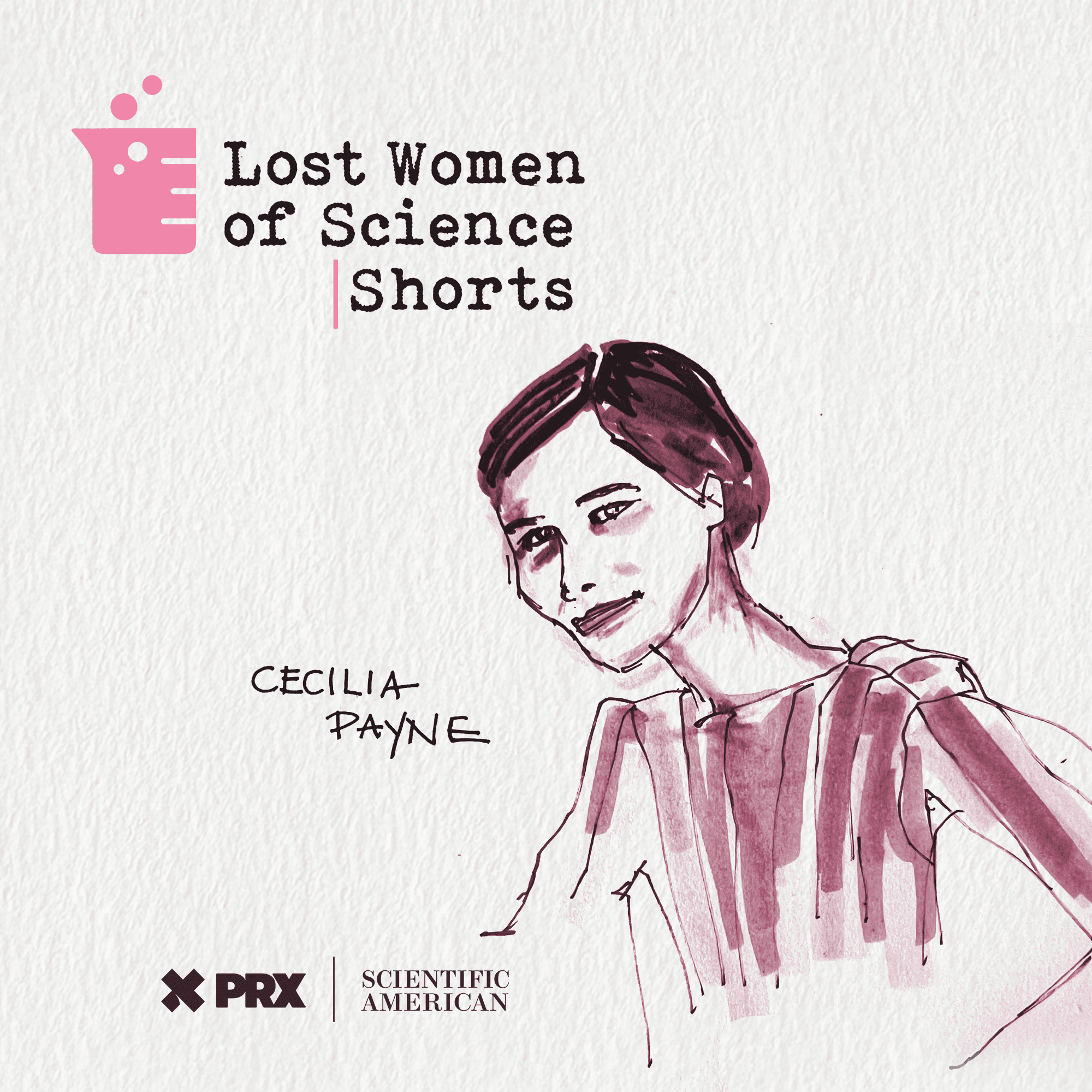


























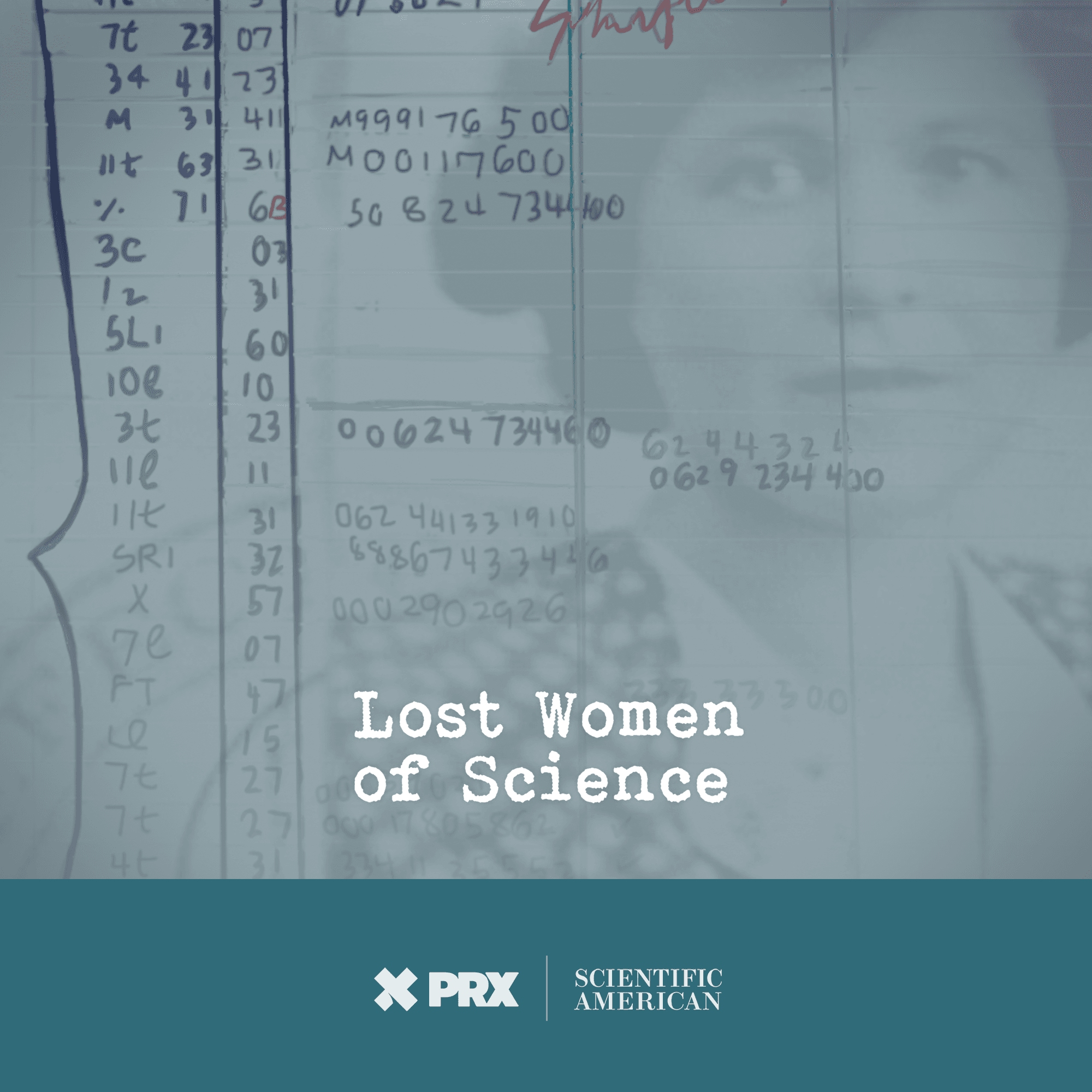
The Theoretical Physicist Who Worked With J. Robert Oppenheimer at the Dawn of the Nuclear Age

Melba Phillips, who grew up on a farm in Indiana at the turn of the 20th century, was one of J. Robert Oppenheimer’s first graduate students at the University of California, Berkeley. Together they discovered the Oppenheimer-Phillips Process, which explained a particular kind of nuclear reaction. In this episode, we explain what that is, with a little help from generative AI. Phillips did not follow Oppenheimer to Los Alamos, and was vocal in her opposition to nuclear weapons. During the McCarthy era, she lost her teaching job, and did not return to academia until 1957. In 1962, then in her mid-fifties, she finally became a full professor at the University of Chicago.
Learn about your ad choices: dovetail.prx.org/ad-choices